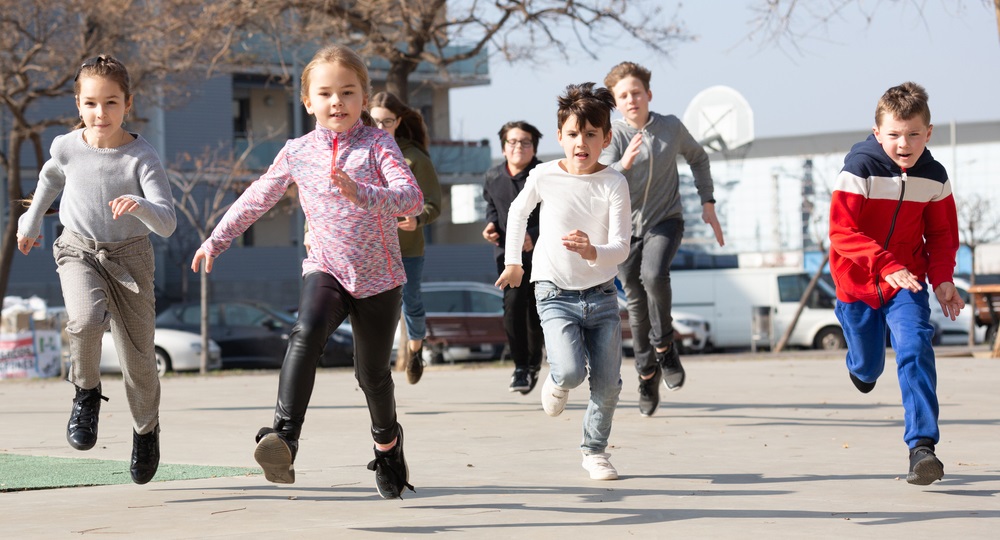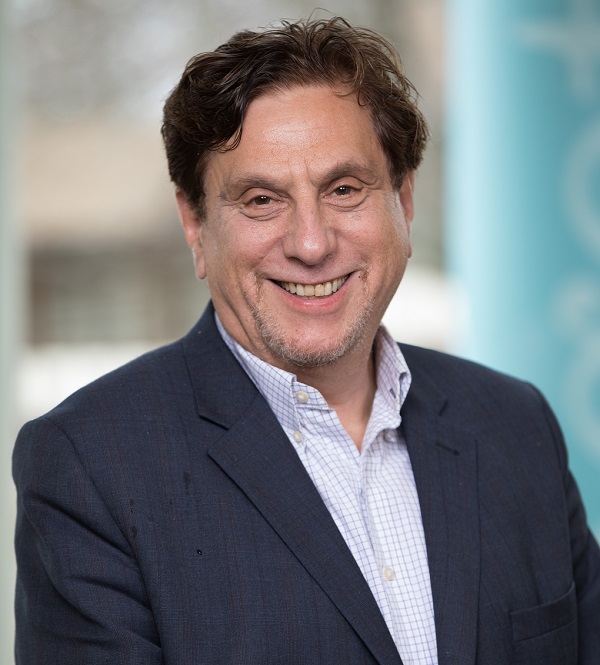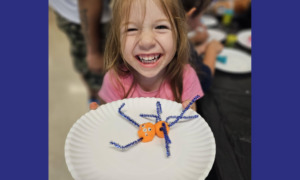 IAKOV FILIMINOV/SHUTTERSTOCK
IAKOV FILIMINOV/SHUTTERSTOCK
Most schools around the country are still scrambling to get into this school year. States and local districts are continuously updating their decisions — a trend that we’ll see throughout the academic year. That creates an enormous uncertainty not only for schools but also for the out-of-school time field.
In previous pieces, I have discussed the difficulties that teachers face in re-engaging students to successfully transition back to in-person, virtual or hybrid learning. Although it is understandable to focus resources on the formal education system, the out-of-school time (OST) field had been entirely neglected.
In many areas of the country, youth clubs, sports, performing and creative arts programs came to a screeching halt at the same time as school buildings closed. This meant that students in general not only experienced isolation and limited interactions with teachers and classmates, but often were robbed of the all-important socializing and learning experiences in extended education settings.
This trend was echoed worldwide. Researchers, practitioners and policymakers from many other countries have told me, as the co-chair of the Extended Education International Research Network of the World Education Research Association, that after-school learning is currently receiving little attention. That is a serious mistake.
Media outlets in the U.S. have been reporting almost exclusively on the situation in schools, despite the fact that students spend only roughly 20% of waking hours in school over the course of any given year. This time has been shortened drastically during school closures and even now as the new school year begins.
We’re witnessing serious implications for the after-school field in the U.S. Closures continued through the summer, with 62% of summer camps remaining closed to students this year. Thousands of out-of-school programs are also financially struggling — in a recent study, 6 in 10 after-school programs had concerns that they might have to close permanently due to the COVID-19 crisis. We can’t let that happen. Out-of-school time is a vibrant ecosystem on which many young people rely.
What parents need to do
International research shows how important these spaces are for social and emotional development, learning new musical, artistic and sports skills, receiving tutoring and homework support and evolving self-expression and identity. These places and programs inhabit special meaning for young people and often make them comfortable enough to express their hopes and concerns to caring adults outside the family and school.
Out-of-school programs and activities also provide students from low-income or racially and ethnically marginalized backgrounds with critical resources such as healthy meals. This is just another way that COVID-19 has ravaged communities of color far more seriously than the rest of society.

Gil Noam
We must prioritize after-school time and use any lever at our disposal to enlarge the present focus on schools. Although the pandemic positively reinforces how essential schools are, it has the unintended consequence of pushing out-of-school time to the “nonessential” periphery. This reveals a fundamental lack of understanding of youth development and what young people and their families need psychologically and educationally during a time of serious privation.
What can we do urgently to prioritize after-school when students need these spaces more than ever, virtually or in person?
Parents and families must advocate for the reopening of out-of-school activities for their children by supporting their local and state after-school providers. They can, for example, join related advocacy campaigns, or donate time and money, if possible. Many state after-school networks have COVID-specific information to help support different needs. Parents should use these resources to reach out to specific programs to find the right fit for their children this school year. Having these programs allows families to reduce stress and increase time to dedicate to work or other important duties.
Federal and local governments must communicate realistic, reliable and transparent plans for the opening of out-of-school time programs for all age groups. These plans must also be research- and evidence-based and take into account psychological and educational considerations for child development and education in OST.
Safety matters, of course, but that cannot become a reason to neglect these important services. The best way to show support is to prioritize funding to handle significant shortfalls in this sector during COVID-19.
Focus on infrastructure, alliances
In after-school programs, building infrastructure should be the aim in the next months. The necessary structures and technical know-how for virtual programming must continue to expand. Strong alliances must also be forged among different youth-serving organizations to enable the transfer of best practices, insights and innovative applications.
A recent example that my organization contributed to was a workshop around supporting quality virtual learning experiences in out-of-school time. We are continuing to develop a cross-organizational framework of quality for these new environments and are updating our observation measures for coaching and evaluation. The more that this cross-system infrastructure is strengthened, the better equipped organizations will be to serve youth and families effectively. This is also a matter of urgency.
Centering relationships in after-school programs must also be a priority. Creating caring, open and empathetic environments are crucial for young people’s development under normal circumstances and are even more critical under our current time of hardship. Facilitators must adopt the “know every child” approach and take on more of a mentoring role for all their participants. Democratize the program and allow youth to have voice, agency and leadership opportunities, while working toward shared goals within the group of participants. Only when students feel heard and understood will they engage best under conditions of social distancing.
I want to end with some findings on the importance of strong relationships in OST, which in my belief is one of the best antidotes to isolation and distance learning. When researchers studied the long-term effects of child separation in British children evacuated during World War II, they found that children who were separated from their families and received poor care were at a higher risk of having depression and clinical anxiety in later adulthood than those who received good care.
In fact, those who had received positive and caring environments showed rates of depression and anxiety similar to those who had not been evacuated. While the conditions we face today are of a different nature, there are important similarities. Children and youth need adult supporters and mentors to build the resilience needed during times of adversity.
Many other modern studies support these claims when it comes to other calamities, from the Great Recession, to Katrina, to adverse childhood experiences (ACES). The common denominator of positive outcomes despite adversity is the presence of quality relationships. We must keep this understanding front and center and allow programs to assure young people’s sense of belonging and support to mitigate any long-term risks to youth experiencing dire circumstances.
When we emerge from this crisis, we should be able to show both nationally and internationally that the role of after-school was an effective population-wide approach to build resilience and is, in fact, indispensable. The urgency has never been higher to avoid grave consequences, including serious learning, social and emotional skill loss, as well as long-term increases of mental health disorders. We need all hands on deck!
Gil Noam, Ed.D., Dr. Habil, is the founder and director of The PEAR Institute: Partnerships in Education and Resilience at McLean Hospital and Harvard Medical School and is an associate professor of psychiatry at Harvard Medical School. He has a strong interest in translating research and innovation to support resilience in youth in educational settings and has published over 200 papers, articles and books on topics related to child and adolescent development and risk and resiliency.






























